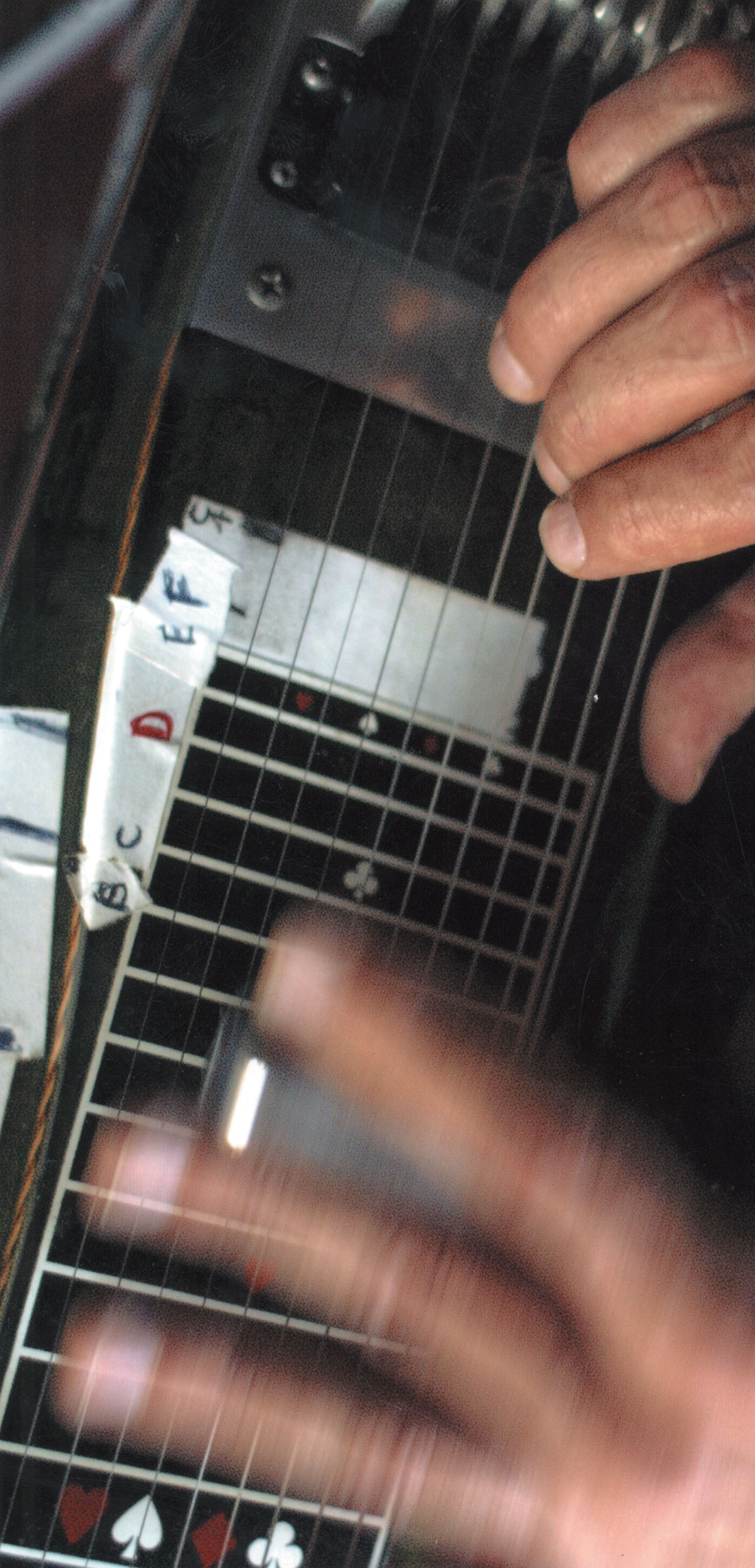First let's get one thing out of the way: I have never used a real Neumann/Telefunken U47. I wish-but it has never happened. I thought about renting or borrowing a vintage U47 to compare to the Soundelux E47, but I finally decided it didn't matter. I know Soundelux were attempting to recreate the magic of the U47, and the mic looks almost identical to a vintage 47, but what really matters is if the mic is worth using and owning on its own merits. I think it is.
The first tube mic I ever owned (and still own) was a Manley Cardioid Reference mic. When that mic showed up, I used it on every vocal track I recorded for the next year. I'd never heard a mic that sounded so great, and it was well worth the $2000 (used) that I spent on it. But I kept on learning how to listen, and getting to try and use more microphones. When I received the Soundelux Elux251 I was once again blown away as the 251's crispy top end and midrange clarity provided another flavor than the Manley mic (which has a slightly scooped midrange to my ears). During a session with Richmond Fontaine and JD Foster, fellow engineer Tony Lash (who owed me a favor!) loaned me his E47 for some vocal takes. I was immediately drawn to the sound of this mic. Unlike the brightness of the 251 or the hi-fi sound of the Manley, the E47 had a flatter tone and sat in the tracks really well. Now I have an E47 of my own, and I've been using it on many sessions. I'll usually put up two to four mics for a lead vocalist to determine how they all work on their voice. It's always interesting, as every vocalist will come across differently on each mic-I'll choose a mic based on how it will work in the context of the song, how much sibilance it exacerbates, how much clarity or enunciation it brings out, and just overall feel. The E47, being a "flatter" or less hyped mic, sometimes won't jump out right away but many times it is a winner. The evenness of the tone helps keep sibilance at bay, bringing vocal clarity to the fore. The fullness of its tone also helps thinner vocalists sound "bigger," especially in cardioid pattern. The mic is multi-pattern selectable on the power supply, but you must first take the mic apart slightly and toggle an internal switch-something some folks may flinch at-and the multi-pattern feature also has a slightly quieter output. Although, as with most Soundelux mics, the output is plenty loud! On drums, as a '60s-style mono overhead or room mic, this thing is amazing. The lack of high-end hype does wonders for taming cymbals, making for a very clean, usable sound (listen to the three Jackpot! tracks on the last Stephen Malkmus record to hear it in action). In all, this mic is an excellent addition to a studio's arsenal-and I really appreciate that I have learned to hear the difference in mics like these and that I now have various ones from which to choose.




_disp_horizontal_bw.jpg)